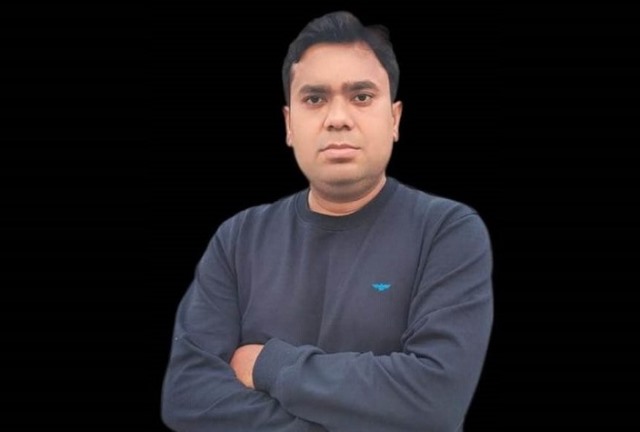Manish Kumar, a resident of Supertech Ecovillage 1 in Gr Noida, narrates the hardships of citizens amid rampant power outages in peak summer
While power outages in Uttar Pradesh are not uncommon, this summer has been one of the worst for the citizens. Social media is full of complaints and pictures of UP citizens suffering in sweltering heat or protesting before authorities. The residents of the high-rise apartments in satellite cities of Noida and Ghaziabad are perhaps among the worst affected.
I stay in one of the gated housing societies at Supertech Ecovillage 1 in Greater Noida and speak from my personal experience. The situation is made worse as frequent outages force residents to opt for back-up power at rates that are manifold the normal electricity tariff. Approximately, the Greater Noida citizens are facing a two to four hours of power cut every day.
Most of these societies are occupied by young professionals who are also first-time property buyers. These owners have just started their families and have young children at home. For the sake of their children’s comfort, they are forced to buy back-up power which burns a hole in their pocket. Power cuts mostly happen in the night time, costing precious sleep to these salaried workers.
Power outages also means the high-rise facilities like lifts or common area lights will be rationed. Thus, often only one elevator is functional for four-five blocks. Most upper floor residents can be spotted waiting for the lift endlessly. What will happen in case of any medical or fire emergency is anybody’s guess!
For each power cut, the apartment dwellers are forced to shell out four-five times of the state power tariff for the back-up supply. If we compare our monthly electricity bill to the neighbouring state of Delhi, we find ourselves being looted by the power distributing company and builders.
ALSO READ: ‘Traffic Mayhem In Greater Noida’
The reasons for this problem are multi-dimensional. Foremost are the builders who focussed on using every inch of space for housing units without spending much on quality and affordable power back-up systems. Another reason is climate-related. Rampant deforestation to build as many concrete structures as possible in the area led to further rise in temperature, raising the demand for power.
Then the power distribution companies which have not upgraded their equipment in proportion to the rise in population of the area. Therefore, when the power demand peaks, their generators cave in. Such a situation is not a power cut; but a local power failure or local fault. This is worse than an outage, for one knows not when the fault would be rectified and supply restored. In addition, some officials are hand in glove with builders who want to make an extra buck through selling back-up power, which costs around ₹20-25 per unit at most of the gated community housing blocks.
Such is the state of power supply when the occupancy in the region is much below its optimum. We see the situation only going downhill from here. We have protested against this many times but the authorities have turned a blind eye on the issue.
As told to Deepti Sharma

